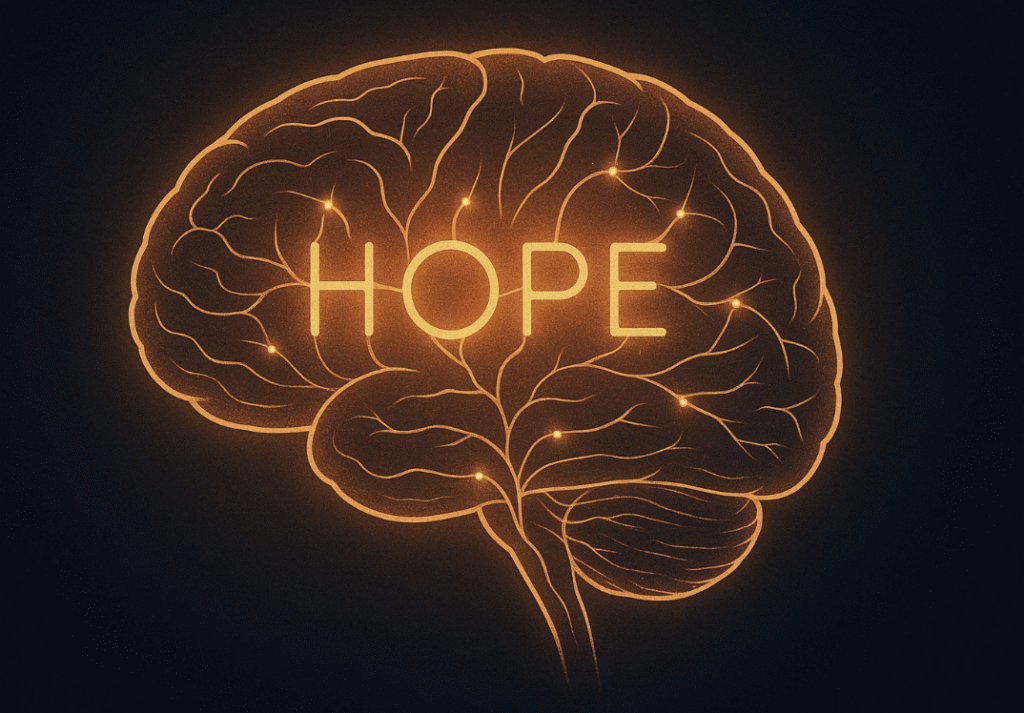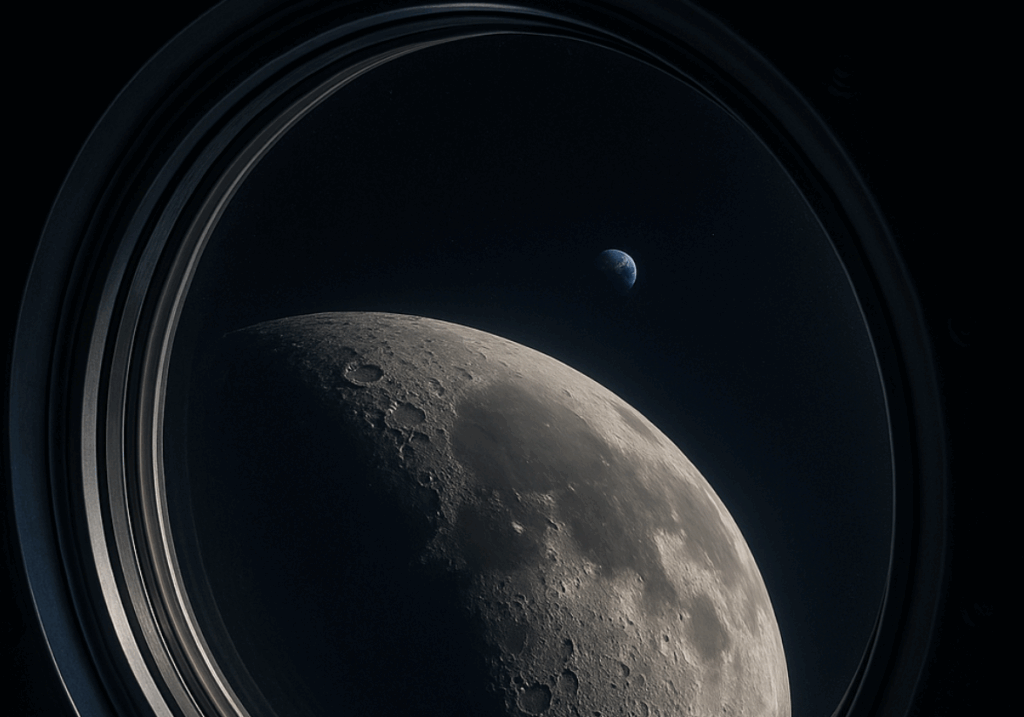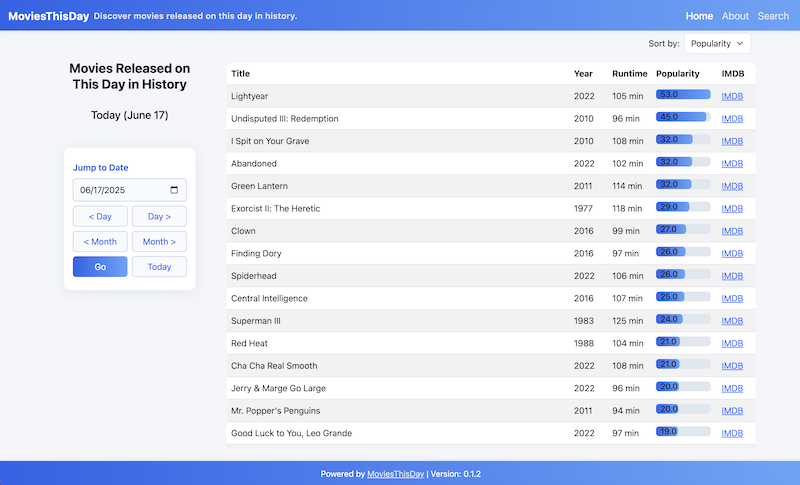This post is a bit heavy. If you need to skip it, I won’t mind. I will understand. But if you do read on, I hope you’ll stay with me to the end.
Let’s be honest: things feel pretty bad right now. We have problems. Many people are hurting, frustrated, or scared. Conflicts are erupting in every direction. There are disasters, wars, and pain across the globe. Social media is perpetually buzzing with anger, violence, shocked emotions, and unmitigated outrage. Nothing good is happening, or ever will, it seems. It feels like evil has infected the planet like a parasite and is sucking the life out of us.
Do you ever feel that way? If so, you’re not alone.

I don’t know if you realize it, but it turns out that we are designed to focus on the negative. We fixate on threats, real or imaginary. We tell stories about doomsday and relish revisiting trauma, bad news, and disasters, over and over. This is our natural bias. It’s part of how we’re made.
But why?
Well, I’m sorry to say, it’s because we are human.
Simply put, it helped our ancestors survive. It meant we needed to amplify threats more than rewards. After all, it makes sense: overlooking a predator would be lethal! Forgetting a pleasant sunset or delicious treat wouldn’t matter, but avoiding a treacherous enemy could be a matter of life or death. Our brains have an asymmetrical “negativity bias” to survive. Specifically, the brain’s amygdala (linked to emotion, fear, and threat detection) is highly sensitive and processes negative stimuli much faster than positive ones. Studies show that negative experiences are even encoded in memory more intensely than pleasant ones. That’s why insults stick longer than compliments, and why we prefer to talk about the evil lurking in the clouds of uncertainty rather than the hope of the untapped horizon.
I suppose I could end here. We are built to worry and fret. It’s survival. Optimism is cake without calories and nothing good will come of it. Sorry, everyone. You are doomed. Was that what you were expecting? Ha! Well, I see a ray of hope starting to form on your face, and you don’t even know why. It’s because you know the truth.
Here’s where the story changes, and it’s why I wanted you to read to the end. It turns out that we have more power over ourselves than we give ourselves credit for. It’s true. We hold in our hands the ability to choose. Our natural, survival-tuned human wiring is merely an autopilot that, left unattended, can lead us to despair. But the truth is, we can absolutely take control. Every one of us is equipped with that override. That’s right, you can flip off the autopilot and take the wheel.

In a world full of negativity, doom-scrolling, and reactivity, we can choose a different path. Let’s strive to be the ones who bring light to the darkness, who offer kindness in the face of adversity, who choose to overcome evil with good, and who meet hardship with hope. Don’t get me wrong, it won’t be easy or popular. The autopilot is strong. And this doesn’t mean ignoring struggle or pretending everything is perfect. It’s about being proactive and intentional in our approach. It’s about believing in the magic that we hold in our own hands, to bring out the best in ourselves and each other. It’s about making this a better world.
We have the power to inspire, uplift, and transform lives. Let’s use that power to make a positive impact, not just for ourselves, but for each other, right here, right now. Let’s choose to be the change we want to see in the world. Let’s choose to be the ones who bring joy, who bring hope, and who bring light to ourselves and those around us. I believe in each and every one of you, and I know that, together, no matter what’s happening in the world, we can make a positive difference.
Overcome evil with good.
Choose kindness.
Choose compassion.
Choose to be the spark that ignites a brighter future for us all.
We need it, and the world needs it… now more than ever.
Thank you for being here and helping us make a brighter world!

References & Further Reading
- Daniel Kahneman — Thinking, Fast and Slow (on the brain’s “autopilot” systems)
- Baumeister et al., “Bad Is Stronger Than Good,” Review of General Psychology (2001)
- Viktor Frankl — Man’s Search for Meaning (on hope amid suffering)
- Romans 12:21 — “Don’t be overcome by evil, but overcome evil with good.”
- Desmond Tutu — “Hope is being able to see that there is light despite all of the darkness.”













